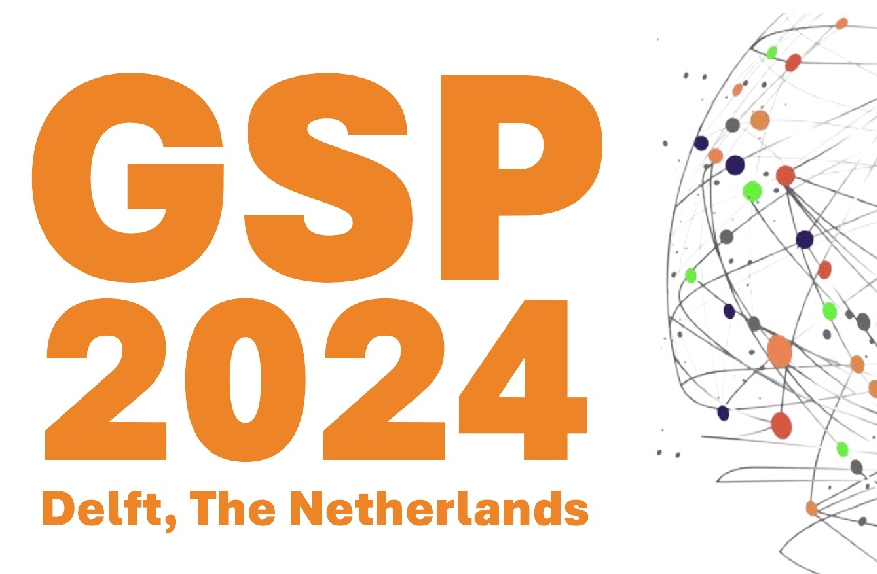Agenda
MSc SS Thesis Presentation
- Monday, 21 September 2020
- 14:00-14:45
- zoom
Atrial Fibrillation classification from a short single lead ECG recordin
Yuchen Yin
This thesis focuses on classifying AF and Normal rhythm ECG recordings. AF is a common arrhythmia occurring in millions of people every year, which could lead to blood clots, stroke or even heart failure. When AF is occurring, the P waves are often absent and RR intervals are often irregular.
This thesis proposes a new Poincaré plot based feature that exploits the distribution and position information of the plot. The Poincaré plot can visually analyze the nonlinear aspects of the heart rate dynamics both qualitatively and quantitatively. In this thesis, the Poincaré plot values are first quantized into small bins, which represent whether corresponding states are visited by the system or not, by setting ones or zeros. The bins are then given weights by the masks based on the probability of each state being visited by the system, and the relative position between the bins and the center of the plot. By calculating the element-wise multiplication and summation between the quantized Poincaré plot and the masks, the expected value of the matrix of the quantized Poincaré plot is computed, and the outliers in the plot are emphasized. Therefore, the proposed feature is assumed to have a higher value for the AF rhythms and a lower value for the Normal rhythm.
Instead of RR intervals, the Poincaré plot used in this thesis is also generated from the peak intervals in the autocorrelation function of both ECG and prediction error. The autocorrelation function aims to evaluate the self-similarity of the ECG signals and thus extracts the irregularity of the AF signals.
The dataset used in this thesis comes from the Physionet Challenge 2017, containing 5076 Normal recordings and 758 AF recordings. In total, 21 Poincaré plot based features are used to train the SVM and random forest models, which yields the F1 score of 0.80 and 0.85, respectively. When using features from the same intervals, RR intervals generate the highest F1 score of 0.77 and 0.81, followed by the peak intervals in the autocorrelation of prediction error with the F1 score of 0.74 and 0.78, followed by the peak intervals in the autocorrelation error of ECG with the F1 score of 0.63 and 0.68. Using the minimum redundancy maximum relevance algorithm, eleven features are selected based on their importance. Training the SVM and RF models with these features reaches the F1 score of 0.78 and 0.84, respectively.
Additional information ...Agenda
- Tue, 30 Apr 2024
- 10:00
- HB18.090
MSc SPS Thesis presentation
Wim Kok
A SystemC SNN model for power trace generation
- Mon, 6 May 2024
- 12:30
- Aula Senaatszaal
PhD Thesis Defence

Christoph Manss
Multi-agent exploration under sparsity constraints
- Tue, 21 May 2024
- 10:00
- Aula Senaatszaal
PhD Thesis Defence

Wangyang Yu
- 27 -- 28 May 2024
- Aula, TU Delft
Conferences

44th Benelux Symposium on Information Theory and Signal Processing (SITB'24, Delft)
- Tue, 18 Jun 2024
- 15:00
- Aula Senaatszaal
PhD Thesis Defence

Hanie Moghaddasi
Model-based feature engineering of atrial fibrillation
- Mon, 24 Jun 2024
- Aula, TU Delft
Conferences
